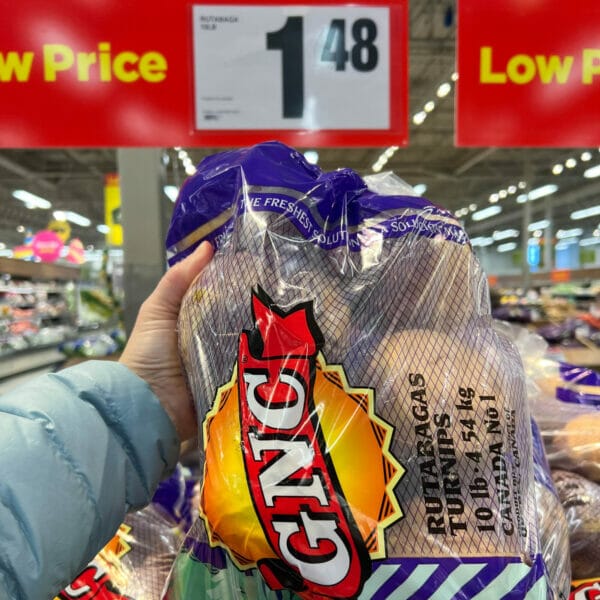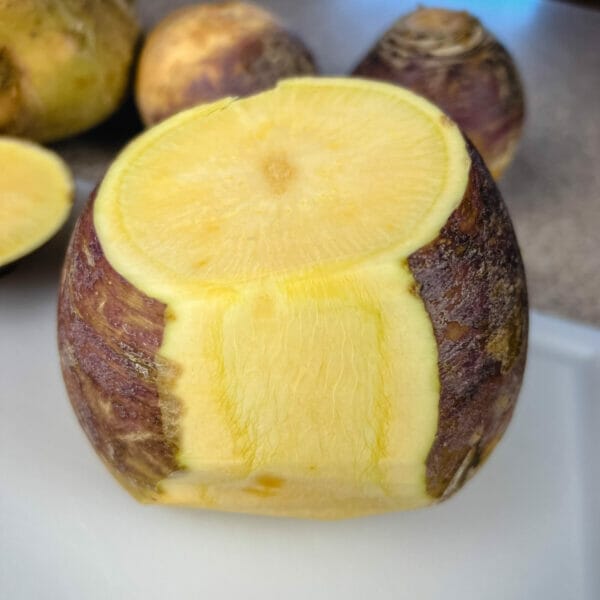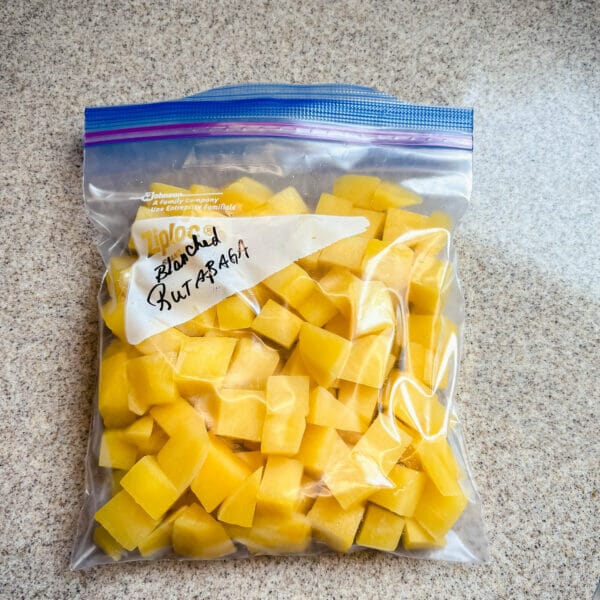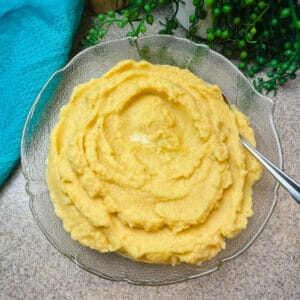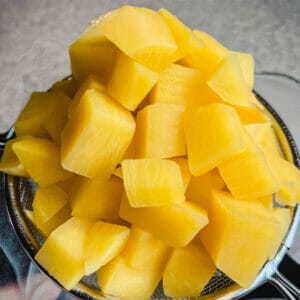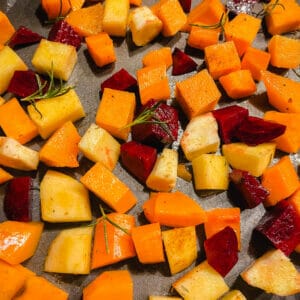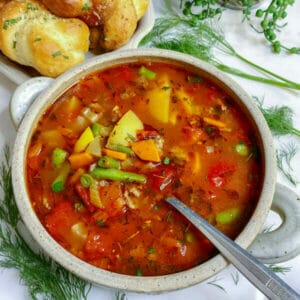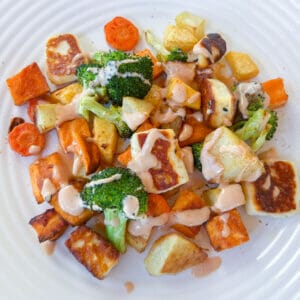How to Select, Store and Cook Rutabaga
Have you tried rutabaga? Not sure what it is or how to use it? You’ve come to the right place! Here’s everything you ever wanted to know about this amazing root vegetable.

Frequently
Asked
Questions
Have a question that isn’t covered? Let me know in the comments below.
Fun Fact: Rutabaga is also known as Swede (UK & Australia), Swedish turnip, neep (Scotland), yellow turnip, turnip cabbage and more!
Rutabaga Recipes
My personal favourite way to enjoy rutabaga is roasted with other mixed vegetables or in soups and stews.
What’s been your experience with rutabaga? Unfortunately, many people have not had pleasant experiences with rutabaga. If that’s you, will you give it another chance? Follow the tips here, mix it with other ingredients and season it well.
Let me know if you try it down below in the comments or on Instagram @GetGettyS or on Facebook @GettyStewart.HomeEconomist.
Getty Stewart is a Professional Home Economist, speaker, frequent media guest and writer dedicated to you become more confident in using and enjoying fresh, whole ingredients. She is the author of several recipe books, frequent media guest, Founder of Fruit Share, mom and veggie gardener. Sign up to get articles by Getty delivered to your inbox. You’ll get recipes, practical tips and great food information like this.


